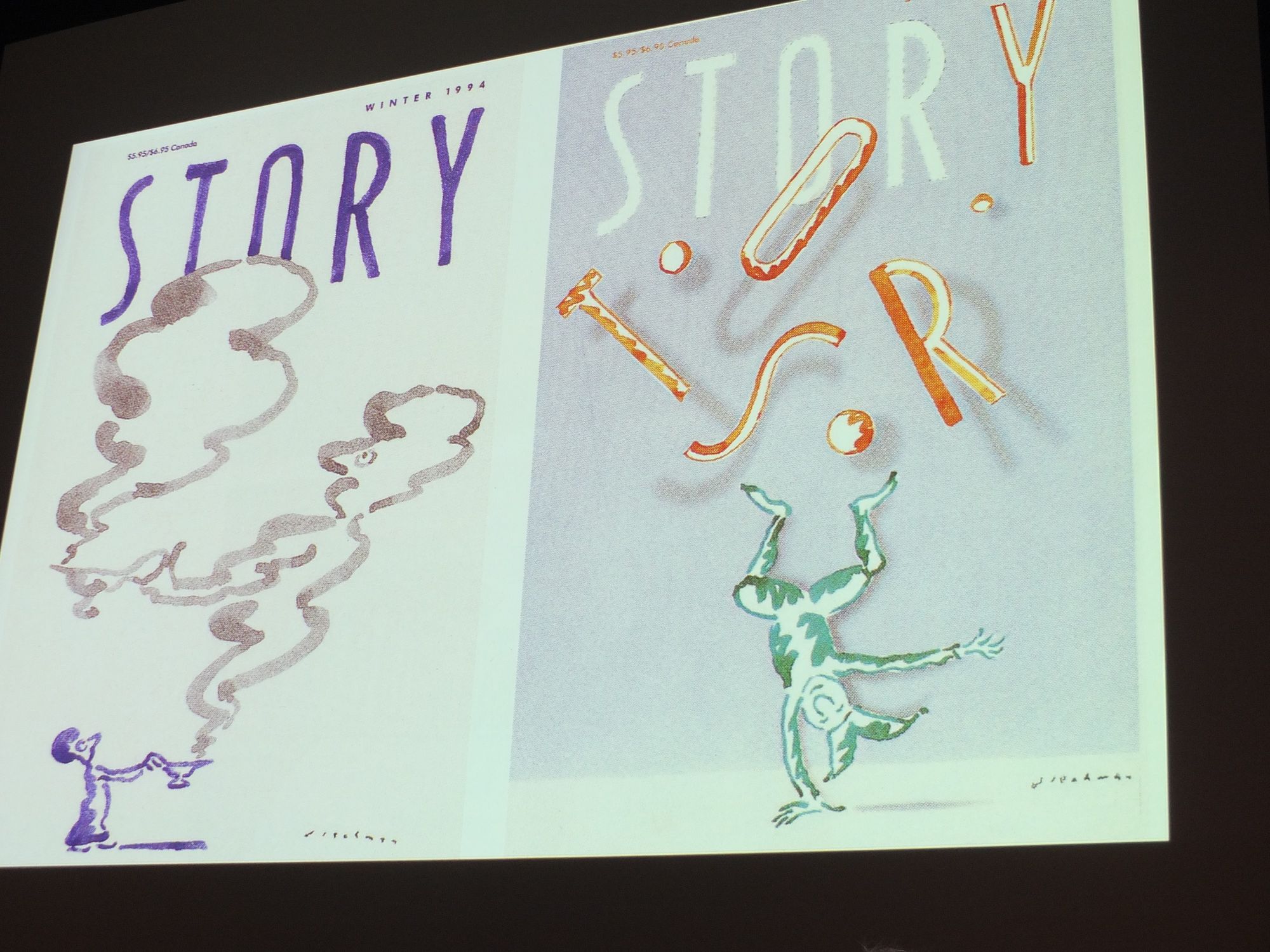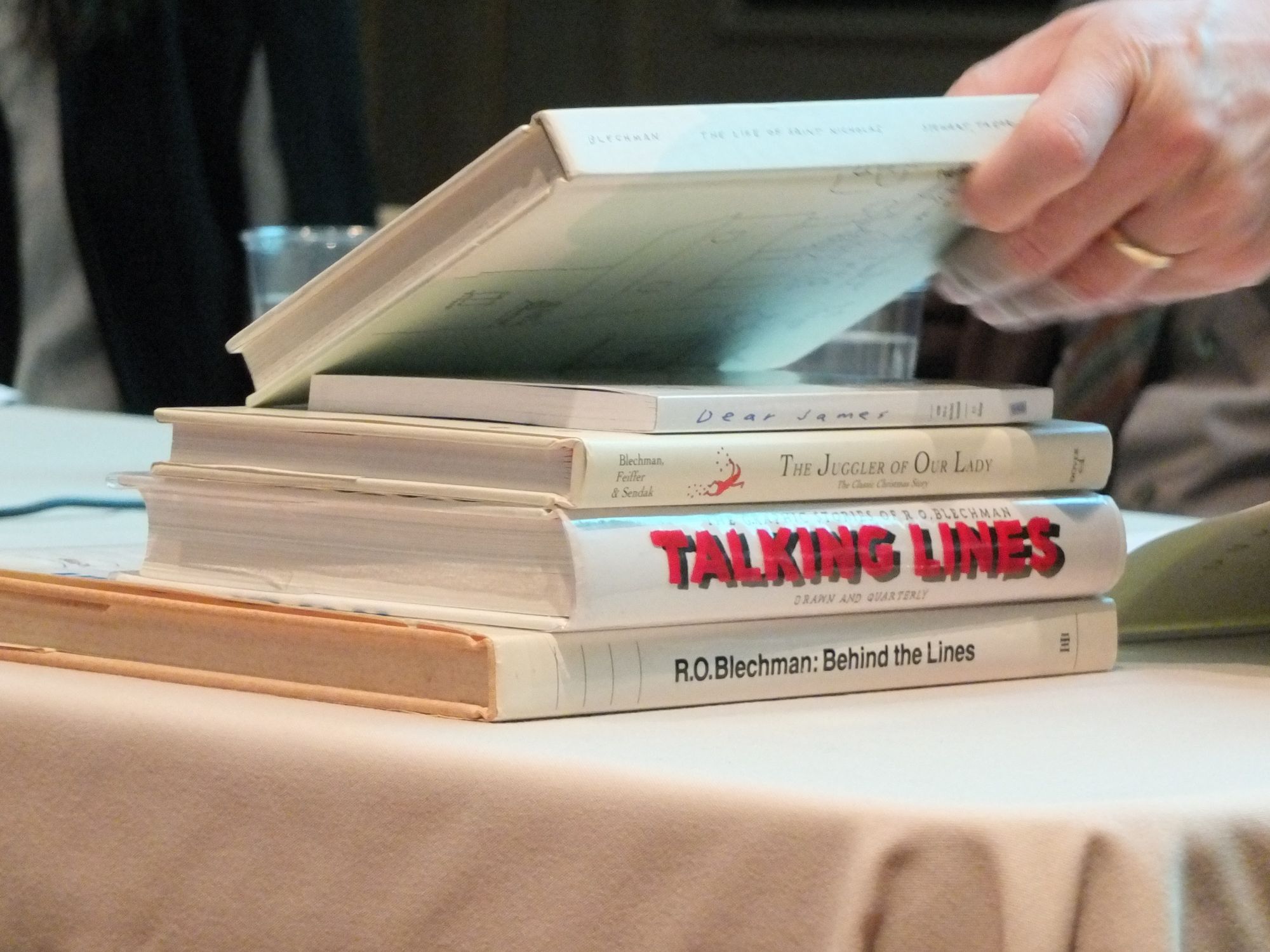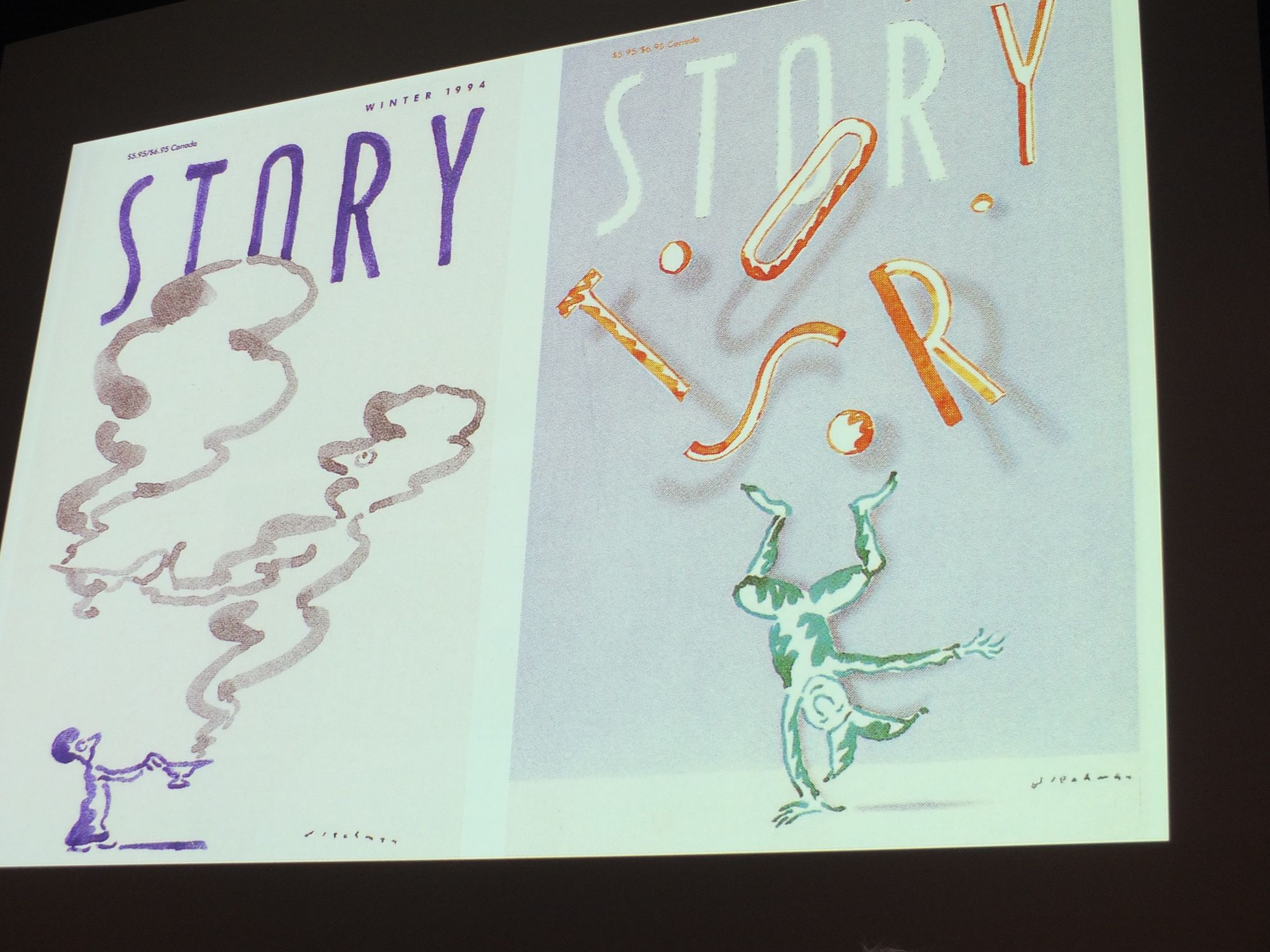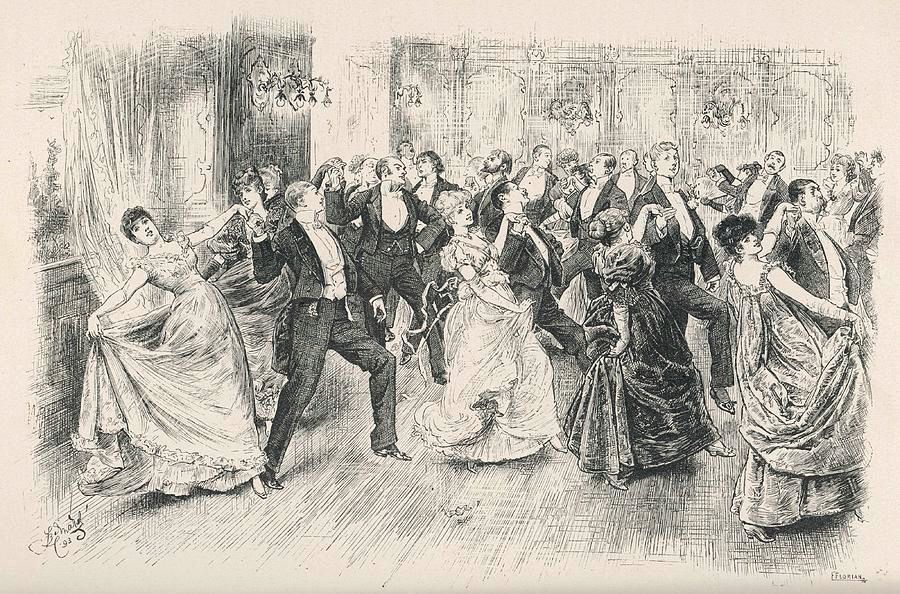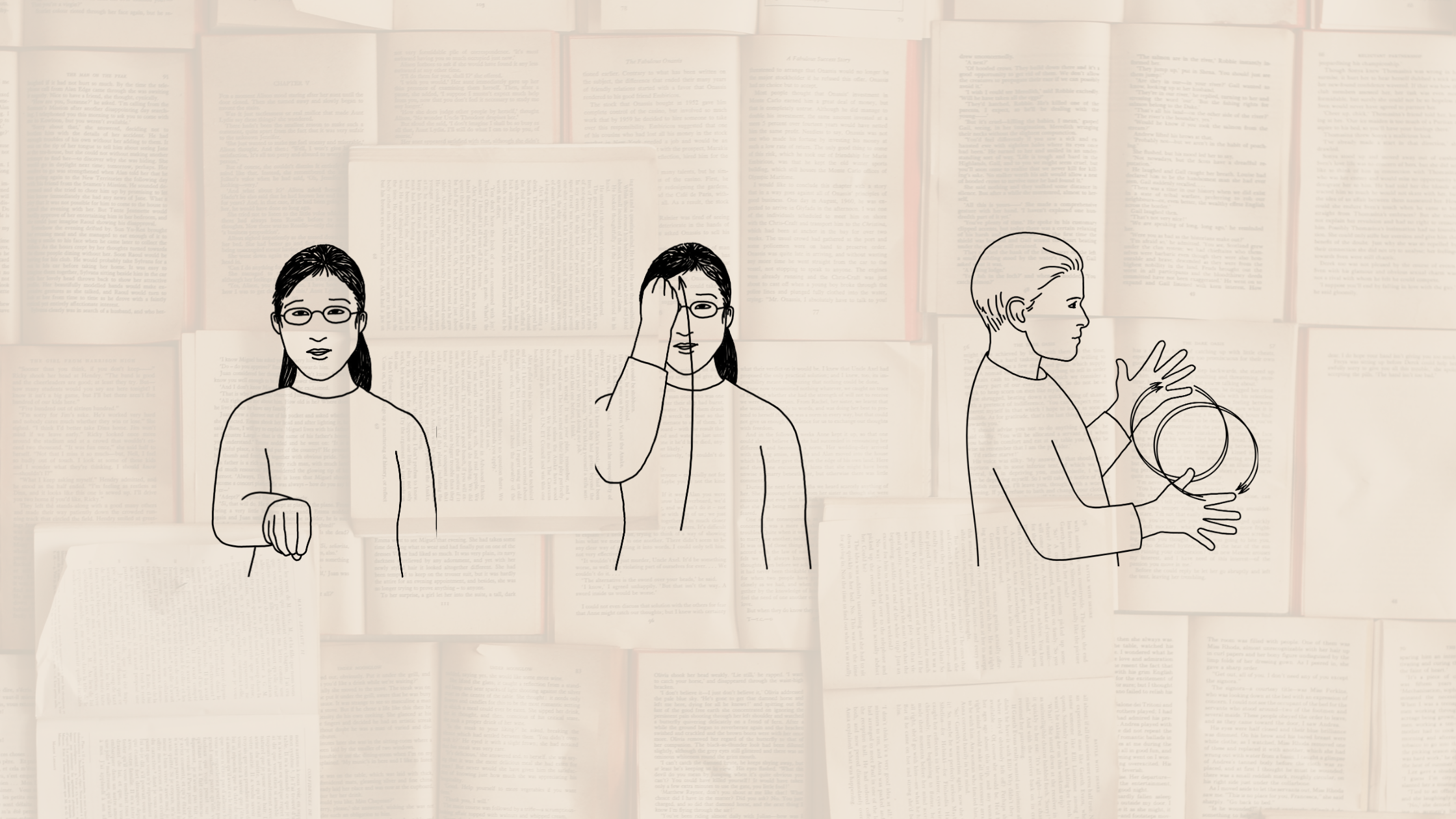When did creative work become so boring? How did ‘digital-first’ come to dominate everything? …and why is nobody talking about it?
Offline Matters is a handbook for anybody experiencing digital overload in their lives and creative work. Part insider exposé, part worker-manual, this book is for any creative seeking help on:
- Navigating the possibility of offline alternatives
- Countering overwork culture, exploitation, and dulled-down ideas
- Recovering what you loved about your creative calling
… away from the confines of our screens. We are dreaming of offline. Not as a romanticised past, a punishment, a quick detox, or a WiFi-free café. Offline is not a lifestyle. It’s a space of opportunity.
Please visit the website of the book: https://www.offline-matters.com/

By the end of Offline Matters, you’ll have a new perspective on the dry digitality that defines creative work today – and a set of strategies for going beyond it.
Offline Matters is a handbook of radical strategies for creative workers. Theguide blows open the true state of today’s creative work where digital solutions are doctrine, overwork culture results in burnouts and ideas churn out into depressing marketing noise.
Part of the vanguard of young minds exposing the insides of contemporary workplaces, Jess Henderson represents the growing body of precarious creative workers. In “saying what nobody else is saying,” Henderson addresses an array of issues from a stance of mutual aid and solidarity.
A wake-up call for the digital age, Offline Matters is pro-flourishing rather than anti-technology. Take this countercultural ride of togetherness through an offline-first approach to creative work. From ideas that unlearn the limiting habits of most workplaces, to insider advice on avoiding clichés and reducing digital overload, this book offers practical thoughts for a creative life that questions pervasive productivity mandates.
About The Author
Jess Henderson is a writer, research, theorist and founder of Outsider, and insider-activist project within the creative industries. At just 26, whilst working as a brand strategist at numerous prominent creative agencies, Henderson began Outsider as a critical space for industry insiders exploring the possibilities of ‘offline’ in the realm of creative work. Beginning as a subversive email newsletter titled ‘Outsider Weekly’*, Outsider became a mysterious cult figure in the industry through its opinion pieces and counter-cultural ideas, experiments, and events.
This book culminates three years of research conducted under the project and is also its sweet kiss goodbye. Jess is a senior researcher of the Institute of Network Cultures, now based in Zürich, where she is conducting research on a theory of the burnout. She continues to write, speak, and guide workshops on the missed opportunity of offline connections and the industry’s technodeterminist fallout on both workers and audiences.
https://nofun.tips/
https://networkcultures.org/nofun/

Praise
“Offline Matters is a much needed take-down of the whole ‘cult of creativity’ from the inside. This rattle gun attack on the perniciousness of the creative digital work will leave you aghast and amused in equal measure.”—Oli Mould, author of Against Creativity
“For any creative who has had to cater to corporate dimwits in order support their art, here’s a terrific guide to bringing your best work into the commercial sphere without selling out or compromising your craft. This is a book about how to break free from the data-driven expectations of your client’s spreadsheet, and retrieve the true novelty that makes you valuable in the first place.”—Douglas Rushkoff, author of Team Human
“This book is extremely timely. The pandemic has obliged everybody to stay online almost all the time. Offline Matters reminds us that life is (also) elsewhere. The neologism ‘offline’, which did not exist twenty years ago, has philosophical relevance. This book is hoping we can discover it.”—Franco ‘Bifo’ Berardi, philosopher, theorist and activist
“Today we are all called upon to be the content providers of our own lives. This can be exhausting and estranging. Fortunately Jess Henderson has arrived to help us get offline, not into the pasts but into the presence of our lives. With compassion and humour Henderson brings us back to ourselves and it turns out we are not predestined to be profiled and branded. Offline Matters is the mutual help book we need right now!”—Stefano Harney, co-author of The Undercommons: Fugitive Planning and Black Study
“Jess’ has written a kind of outsider/artist/creatve/inventor SURVIVAL MANUAL for our over-amped, information-overloaded, hypercommunicative age.
Anyone seeking encouragement, inspiration, moral support, and IDEAS would do well to study these pages, preferably in a solitary room with no music playing and no laptop showing ‘news’ (or a cellphone constantly pinging). Electronics in another room, please!”—V. Vale, founder of RE/Search and Search & Destroy
“Offline Matters couldn’t come at a more important and critical juncture in our human existence… The insights within this book highlight the current creative plight we’ve gotten ourselves into and the cracks within many cultural and societal pillars.
This book is a great step in helping us reclaim and reconsider our roles within the current structures we’ve all been players within. Many of us can read along nodding in agreement and the examples surely represent thoughts we’ve embraced at some point. But this book isn’t about reprimanding us so much as help us understand how we can move forward. We’ve become so subservient to other factors out in the world and this is a stern reminder to take back control of something that can provide an immense amount of personal and community value.”—Eugene Kan, co-founder of MAEKAN and Hypebeast
“Consider this book a rehabilitation program for a creative thinking populace unknowingly addicted to vain online activity. Through these influential pages, Henderson bestows upon their readers the tools necessary to free one’s mind from the constraints of the virtual realm so they may focus instead on something much more important… Reality.”—James T. Padlow, THE PEN NAME
“I have followed Jess’ writing since she created Outsider; an anarchic newsletter/witty commentary against the establishment, and its pervasive contentment with the same old marketing bullshit. I waited in anticipation, sometimes for months, to receive news from the trenches… Just like the white space between the lines in a book, it was like reading every unspoken truth, every unheard sigh, every roll of the eyes in our industry. Someone had to say it and thank god it was Jess. We need this book.”—Alvaro Sotomayor, Creative Director at WIEDEN+KENNEDY
Interview with Jess Henderson: https://maekan.com/article/offline-matters-with-jess-henderson/
Article in Amsterdam Alternative: ‘Shock Me. Please’ https://amsterdamalternative.nl/articles/9917







